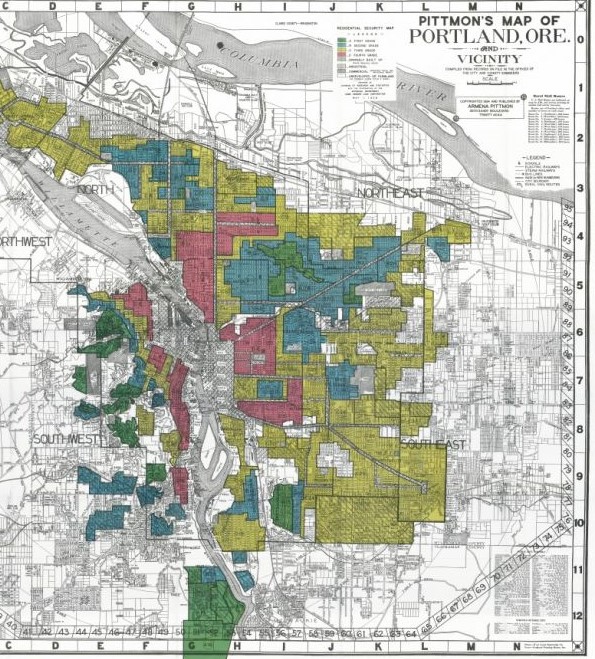Students in my class are well aware of the fact that things are not as they should be in the United States. Specifically, they are aware of the fact that the color of their skin, in many ways, determines where they live, the wealth their families have (or have not) acquired, and the opportunities presented to them throughout their lives.
However, despite the fact that awareness of inequality is high, the understanding of WHY inequality, racism, and segregation still exists remains a mystery to many students. Or, they have been indoctrinated with the not-so-subtle message that these issues still exist purely as a result of individual racism or prejudice. Not many of these young people realize that the dire circumstances they observe are the result of systematic policies that have shaped our country for decades, and are still doing so today.
As soon as students received and began reading their roles for the lesson How Red Lines Built White Wealth: A Lesson on Housing Segregation in the 20th Century, I saw eyes begin to widen. Frantic highlighting and slight gasps of shock, along with giggles of disbelief, began to echo through the classroom. This is when you know students are about to learn something, and learn something that matters. Minutes later, the entire class was on their feet, moving to find someone they could share their “story” with. Maybe it was a story of move-in violence, or the story of how their character used the prejudiced voting population in the United States for their own personal gains. Whatever it was, students were eager to share and to listen.
After nearly an hour of mingling, the class began to discuss what they discovered. The students who played the government officials, the building contractors, and the loan officials oscillated between outrage and nervous chuckles of disbelief, while those who played Black community members seemed to shake their heads in familiar understanding. Was any of the information on prejudice, or the horrifying experiences for the Black community, new to them? Not really. However, what they hadn’t understood was the intentional and systemic nature of the government’s involvement in these practices and their outcomes.
At the end of the day, the entire class seemed to leave the room with a newfound sentiment of “now this makes sense.” Now it makes sense as to why the results of the blatant segregation from decades and decades ago still exists. Now it makes sense as to why I live where I live, and you live where you live. Now it makes sense as to why the money resides in certain homes, but not others. And the question that now exists in students minds is not “why,” but rather “how” — “How do we change things? How do we learn more? And how do we make a difference?”







Twitter
Google plus
LinkedIn